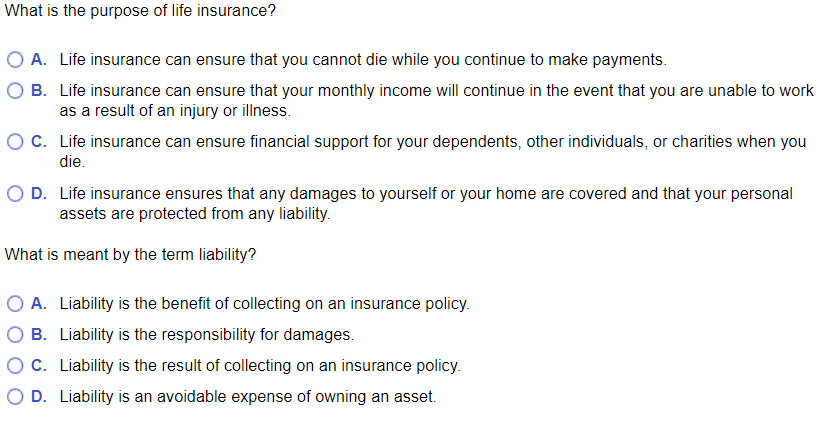Examine This Report about Pacific Prime
The 6-Minute Rule for Pacific Prime
Table of ContentsExamine This Report on Pacific PrimeSome Known Questions About Pacific Prime.Pacific Prime Fundamentals ExplainedThe Ultimate Guide To Pacific PrimeThe 7-Minute Rule for Pacific Prime

This is due to the fact that the information were gathered for a period of strong economic performance. Of the estimated 42 million people that were uninsured, just about regarding 420,000 (about 1 percent) were under 65 years old, the age at which most Americans end up being eligible for Medicare; 32 million were grownups in between ages 18 and 65, about 19 percent of all grownups in this age; and 10 million were children under 18 years of age, concerning 13.9 percent of all children (Mills, 2000).
These quotes of the number of individuals uninsured are produced from the yearly March Supplement to the Existing Population Survey (CPS), performed by the Census Bureau. Unless otherwise kept in mind, national quotes of individuals without medical insurance and proportions of the populace with various type of insurance coverage are based on the CPS, the most widely used resource of estimates of insurance policy protection and uninsurance prices.
Things about Pacific Prime

Still, the CPS is specifically useful because it produces annual price quotes reasonably swiftly, reporting the previous year's insurance coverage estimates each September, and due to the fact that it is the basis for a constant set of quotes for greater than twenty years, allowing for analysis of patterns in coverage over time. For these reasons, in addition to the substantial use of the CPS in other research studies of insurance coverage that are presented in this record, we depend on CPS estimates, with limitations kept in mind.

The quote of the variety of without insurance people expands when a populace's insurance coverage condition is tracked for numerous years. Over a three-year duration starting early in 1993, 72 million people, 29 percent of the united state populace, were without insurance coverage for at least one month. Within a solitary year (1994 ), 53 million people experienced a minimum of a month browse this site without insurance coverage (Bennefield, 1998a)
Six out of every ten uninsured grownups are themselves utilized. Although functioning does improve the chance that one and one's member of the family will have insurance coverage, it is not a warranty. Also members of family members with 2 full time breadwinner have practically a one-in-ten chance of being without insurance (9.1 percent uninsured rate) (Hoffman and Pohl, 2000).
Getting The Pacific Prime To Work
New immigrants account for a substantial proportion of individuals without medical insurance. One analysis has attributed a substantial portion of the current development in the dimension of the united state uninsured population to immigrants who got here in the country in between 1994 and 1998 (Camarota and Edwards, 2000). Current immigrants (those that came to the USA within the past 4 years) do have a high rate of being without insurance (46 percent), however they and their kids account for simply 6 percent of those without insurance across the country (Holahan et al., 2001).
The relationship between medical insurance and access to care is well developed, as documented later on in this phase. The connection in between wellness insurance policy and wellness results is neither straight nor basic, an extensive scientific and health solutions research literature web links health and wellness insurance policy coverage to better accessibility to care, better quality, and improved personal and population wellness condition.
Degrees of analysis for analyzing the results of uninsurance. This conversation of medical insurance protection focuses mainly on the united state population under age 65 due to the fact that basically all Americans 65 and older have Medicare or various other public protection. It focuses particularly on those without any type of health insurance for any length of time.
How Pacific Prime can Save You Time, Stress, and Money.
The troubles dealt with by the underinsured are in some respects comparable to those dealt with by the without insurance, although they are typically much less extreme. Health and wellness insurance coverage, nonetheless, is neither necessary neither sufficient to get accessibility to medical services. The independent and straight result of health insurance policy protection on access to wellness solutions is well developed.
Others will acquire the healthcare they need even without health insurance coverage, by paying for it expense or seeking it from providers who provide treatment totally free or at very subsidized rates. For still others, medical insurance alone does not make certain invoice of care since of various other nonfinancial barriers, such as an absence of wellness treatment service providers in their community, limited accessibility to transport, illiteracy, or etymological and social differences.
Unknown Facts About Pacific Prime
Official research about without insurance populaces in the United States dates to the late 1920s and early 1930s when the Committee on the Price of Treatment created a series of reports regarding funding physician workplace gos to and hospital stays. This issue became significant as the numbers of clinically indigent climbed up throughout the Great Anxiety.